Exosphere Facts You Have To Know
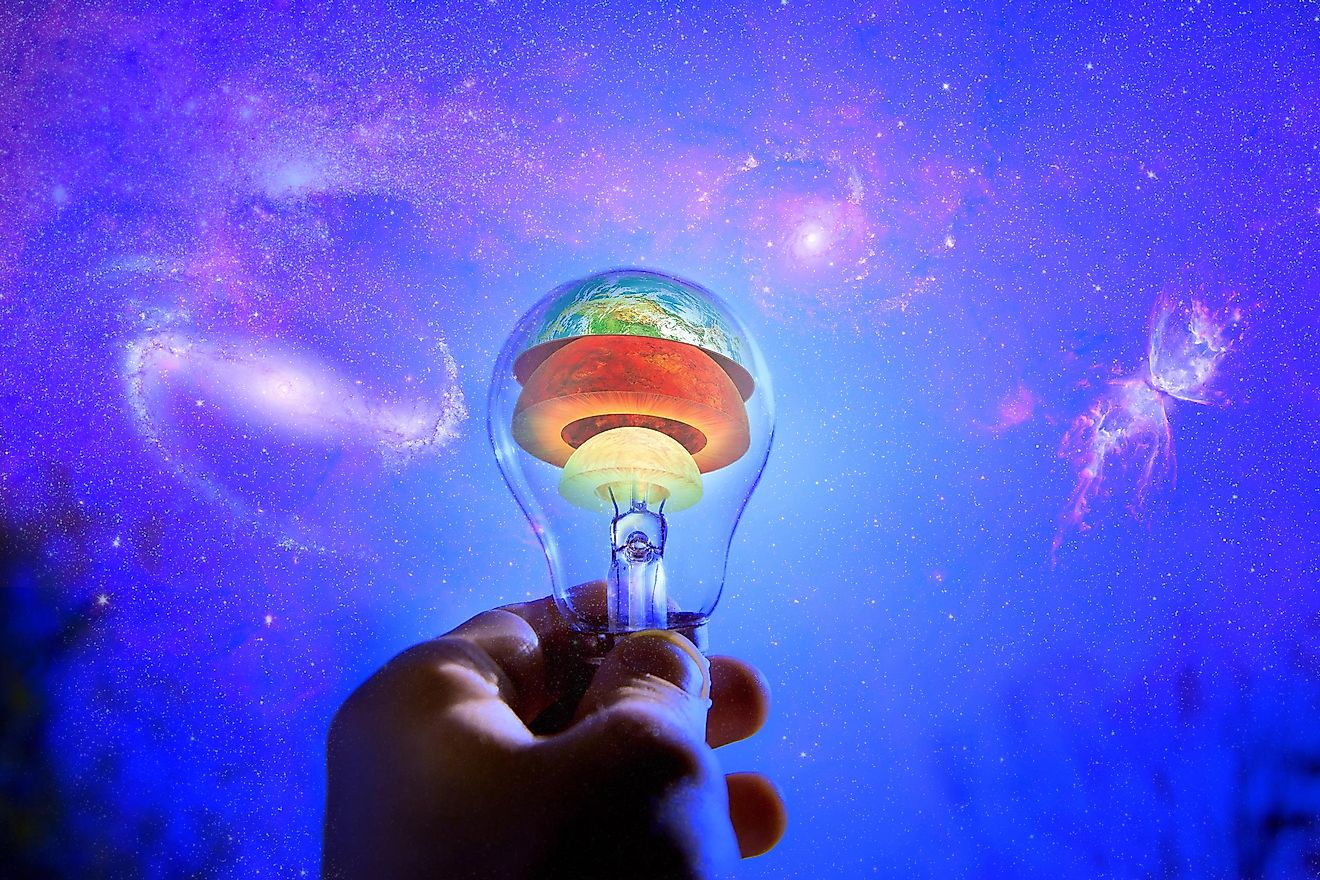
- The exosphere is the layer of atmosphere farthest from Earth.
- The temperature in the exosphere rises when the Sun hits it with UV radiation.
- The word exosphere is two old Greek words combined: exo=outside, sphaira=sphere.
As we deploy from the Earth's surface, we will travel through several different layers of the atmosphere. Immediately as we lift off the ground, we start to leave our planet's troposphere. The goal here, as we travel to the other five layers, is to reach the last one. We want to make it to and beyond the one layer that stands between us and outer space: Exosphere, the final frontier.
Fade To Black
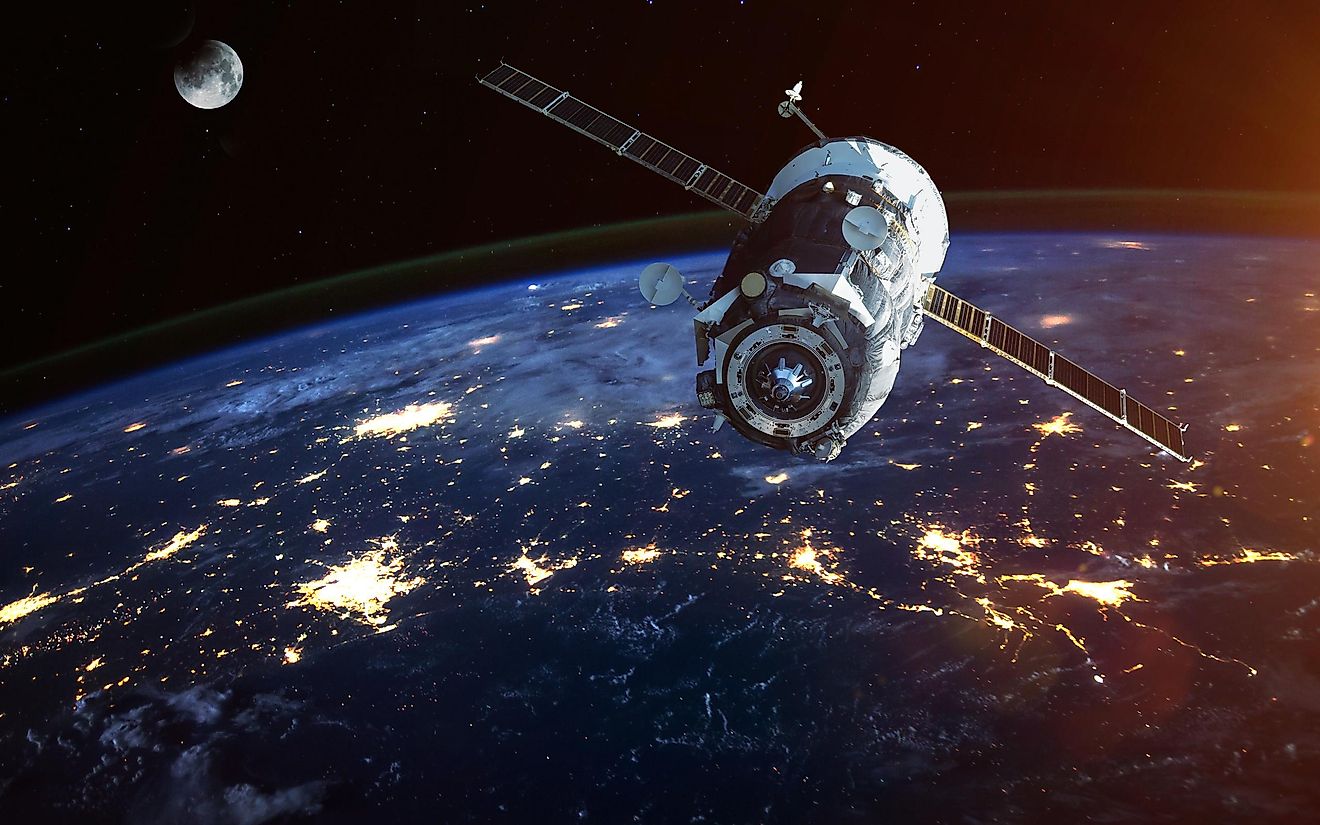
This layer of the atmosphere gradually fades out into space. The exosphere has no definitive boundaries as to where it stops.
Fly Me To The Moon
Some approximations say that the exosphere can expand out to 190,000 km above the surface of Earth, which is halfway to the Moon.
Purple Haze

The hydrogen atoms that are found in the exosphere will spread a weak ultraviolet, but radioactive, glow. This usually happens 100,000 km above Earth, in the region of UV glow known as geocorona.
Exodus
Technically, through the exosphere, we lose parts of our atmosphere. That happens because some of the faster particles that find themselves reaching the exosphere, when they leak away because the gravity force is not strong enough to pull them back towards Earth.
Sun Is Shining, The Exo Is Fine?
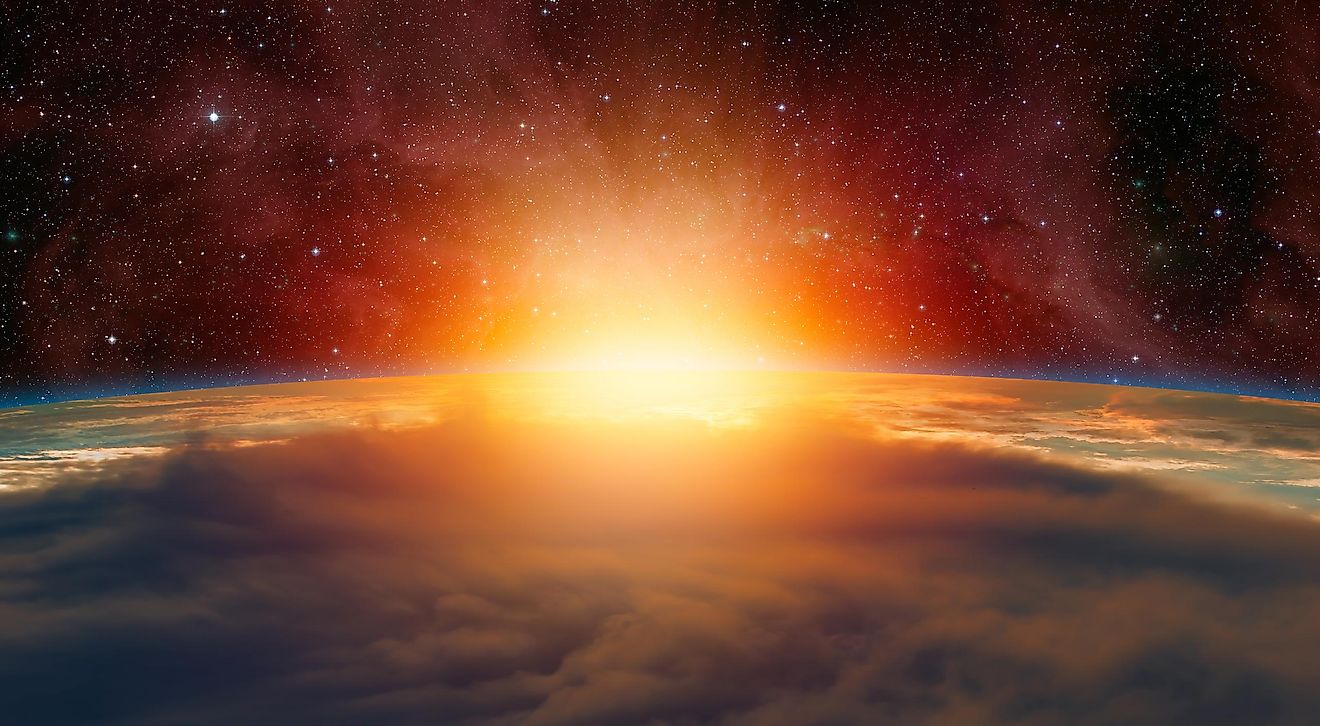
When the Sun stops shining on one part of our planet, and it gets very cold in the exosphere, that period is known as thermopause.
Spaceboy

(Or a) Spacegirl. If you become an astronaut that deals with satellites and probably has a few trips planned to the International Space Station, you will be a resident of the exosphere. Or somewhere just below it, depending on your changing trajectory around Earth's orbit.
Neon
Unlike Earth's exosphere, which is filled with Helium, the exosphere of the Moon contains mostly Neon, another inert noble gas.
No Oxygen
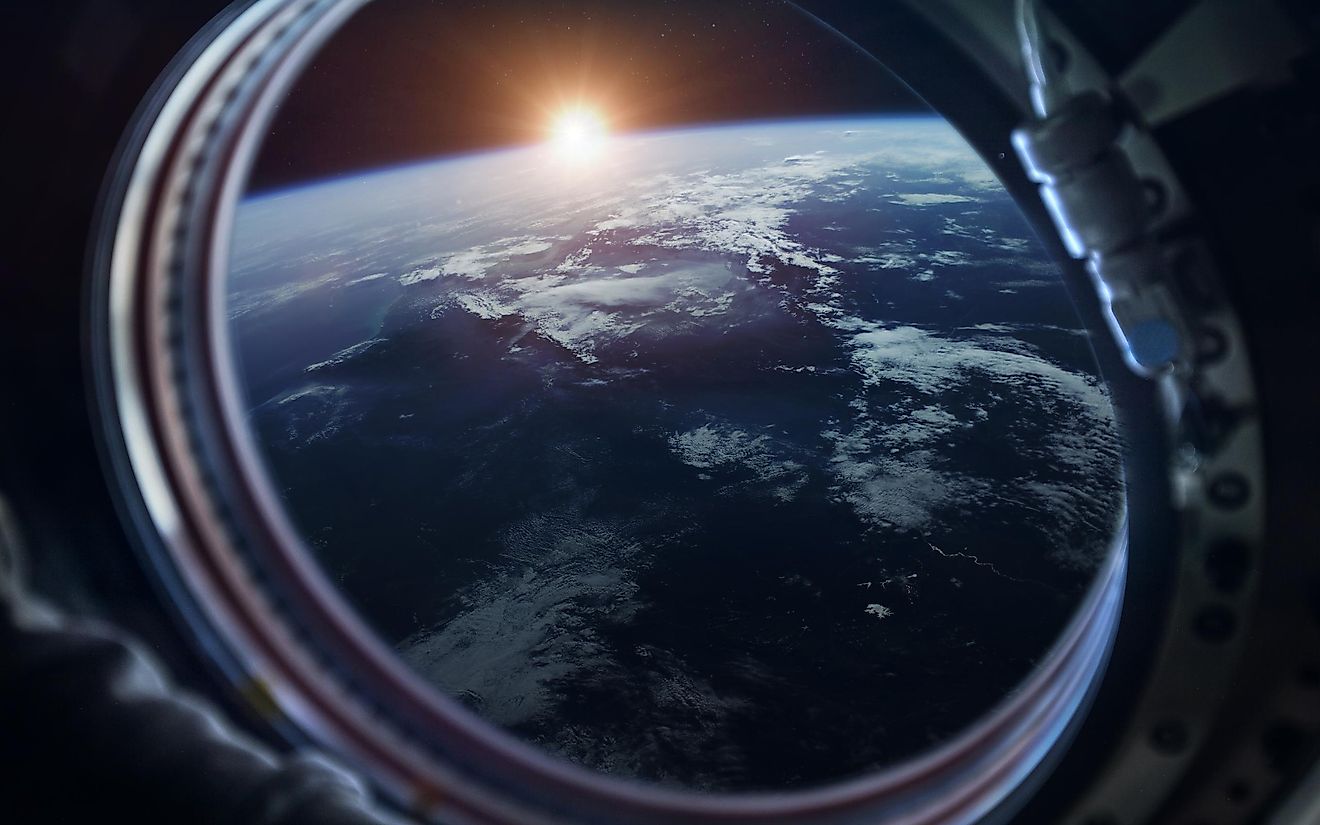
The exosphere can be a very cold place when there is no Sun pointing at one half of our planet. Also, the air here is very thin, and there are only traces of oxygen you can find here. In the exosphere, there are high levels of hydrogen and helium.
Lightest Up On Top
The reason why the exosphere contains mostly hydrogen and Helium is that they are very light gases. That is why, if you ever find yourself in a situation where you need to escape fire or smoke, laying closer to the ground while moving is an area that probably contains more oxygen. But, be quick, because the fire lives on oxygen!
Base Changes Height
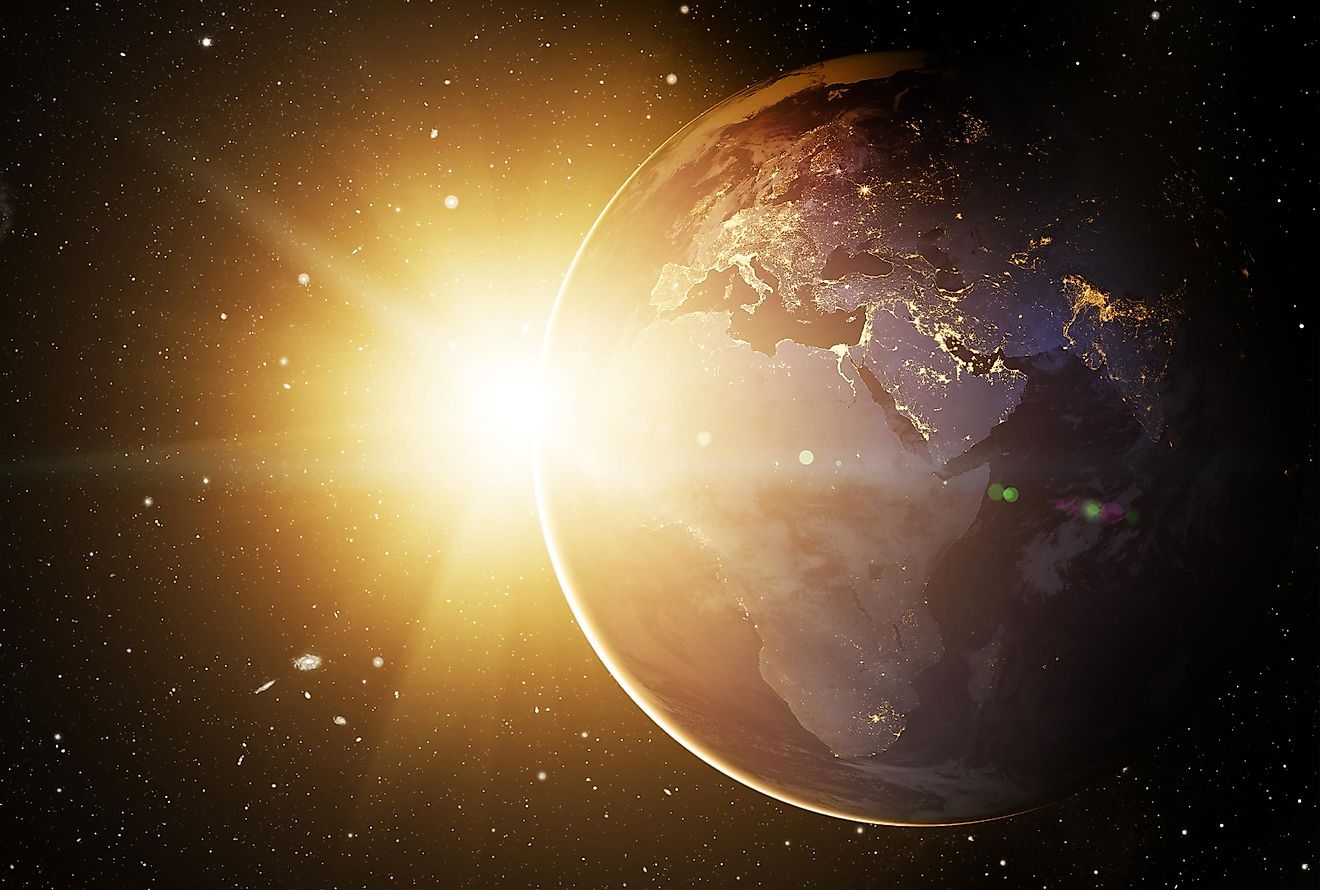
Because of the Sun's (in)activity during a day cycle, the lowest part of the exosphere changes how high it is from the ground. The more active the Sun is, the higher the base of the exosphere becomes.











